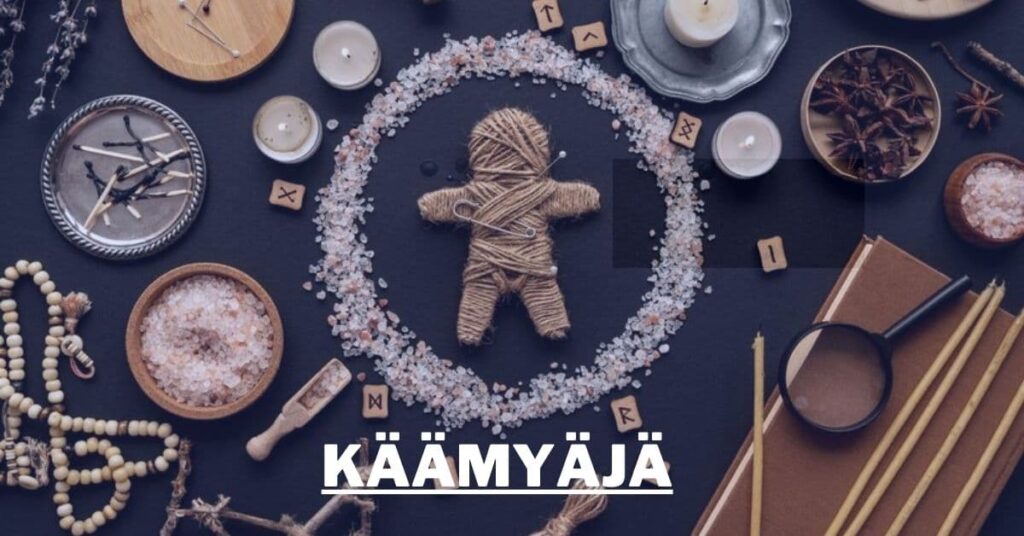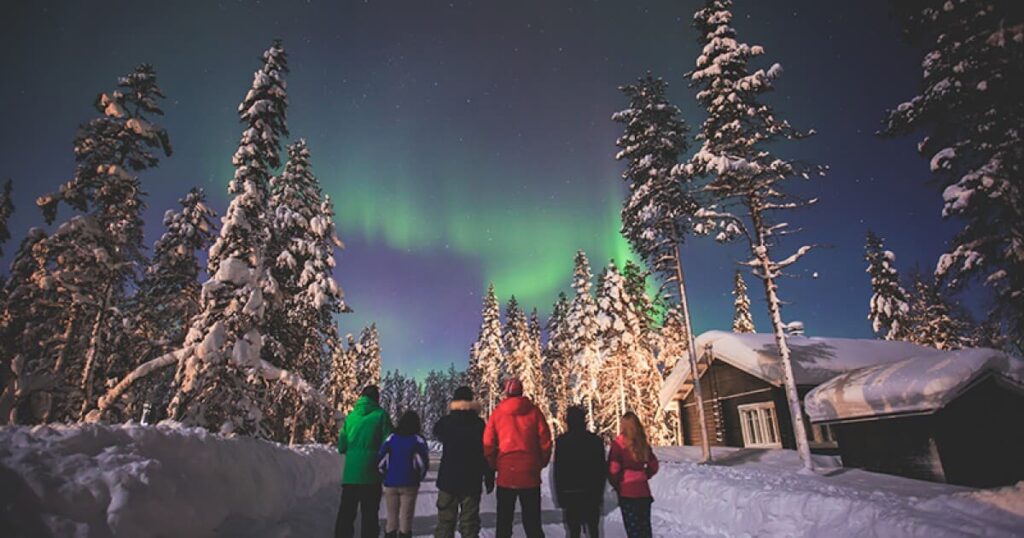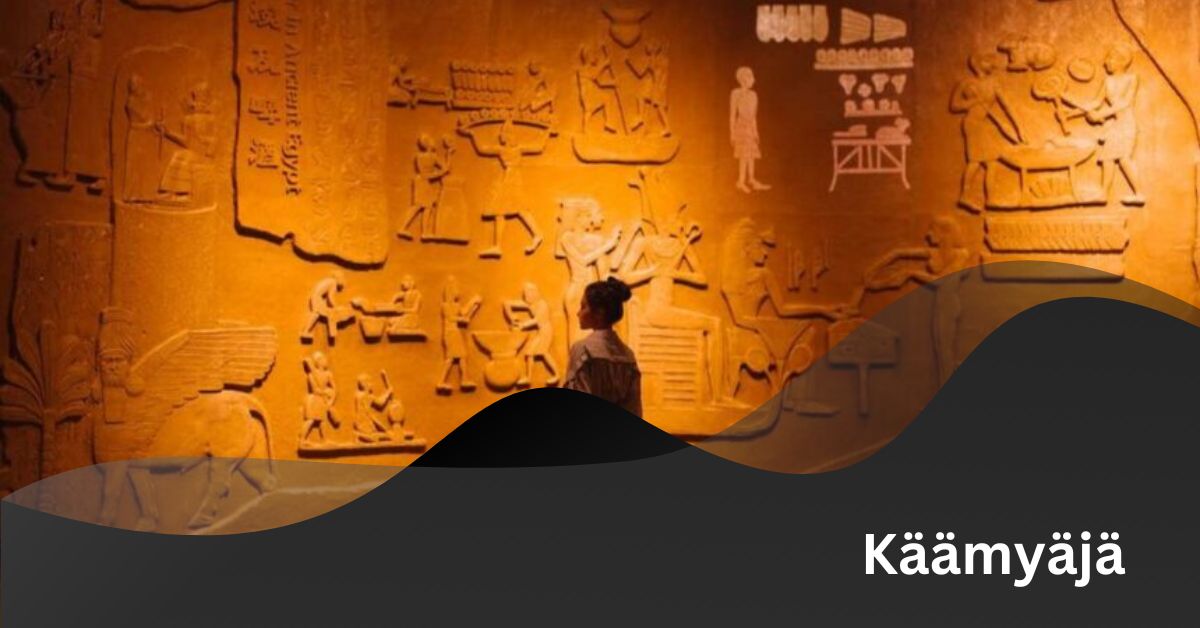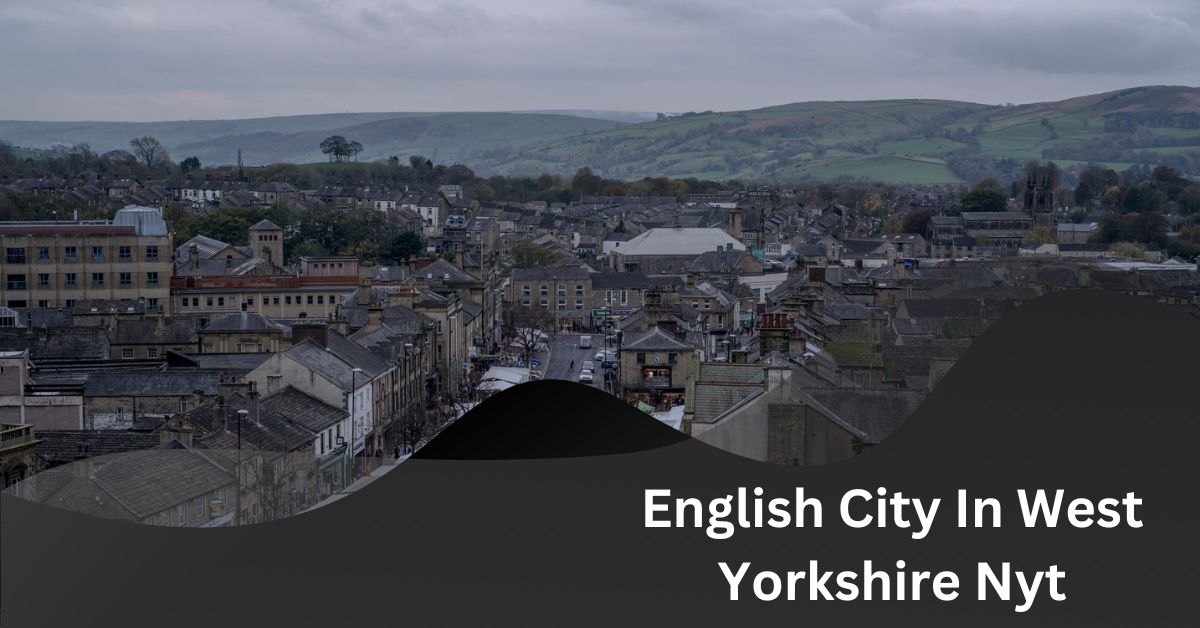Käämyäjä is a traditional Finnish symbol and ritual, celebrated during festivals like Juhannus (midsummer). It represents spiritual renewal, harmony with nature, and the cultural heritage of Finland, emphasizing connections between people and the natural world.
Stay tuned with us. We will talk about Käämyäjä. Don’t miss this informative discussion.
What Is Käämyäjä And Its Cultural Significance In Finland?
Käämyäjä refers to a cultural symbol in Finland, often associated with traditional rituals and festivals. It symbolizes spiritual values, resilience, and a deep connection to nature and ancestral traditions within Finnish culture.
Represents Spiritual Values and Strength:
Käämyäjä holds profound cultural significance in Finland, symbolizing spiritual values, resilience, and inner strength. It embodies a deep connection to spiritual beliefs and the enduring qualities that define Finnish heritage.

Rooted in Ancient Finnish Rituals:
Originating from ancient Finnish rituals, Käämyäjä is deeply rooted in traditions that honor nature, ancestors, and spiritual growth. These rituals reflect a profound respect for the natural world and a spiritual connection that spans generations.
Celebrated During Traditional Festivals:
Käämyäjä plays a central role in traditional Finnish festivals, where it enriches ceremonies and rituals that celebrate cultural heritage and foster community unity. These festivals emphasize the importance of spiritual harmony and the preservation of cultural traditions over time.
When And Where Is Käämyäjä Traditionally Celebrated In Finnish Culture?
Käämyäjä is traditionally celebrated during Finland’s midsummer festival, Juhannus, held around late June near the summer solstice. This festival, rooted in Finnish folklore and pagan traditions, marks the longest day of the year with rituals emphasizing the bond between nature and spirituality.
In rural areas, especially in forests and near lakeshores, Käämyäjä structures are crafted from natural materials like birch branches or ferns.
These symbolize fertility and renewal, and during Juhannus, people gather around bonfires to dance, sing traditional songs, and participate in rituals that seek blessings for a prosperous harvest and good health.
Also Read: Developsearcher.Site – Ultimate Development Resource!
Why Is Käämyäjä Considered A Symbol Of Spiritual Values And Strength?
1. Cultural Heritage:
Käämyäjä represents a deeply cherished cultural heritage embedded in ancient Finnish beliefs and rituals, underscoring profound spiritual connections with nature and ancestral wisdom.

2. Symbol of Renewal and Regeneration:
Symbol of Renewal and Regeneration: Käämyäjä embodies renewal and regeneration in Finnish culture, reflecting seasonal transitions and spiritual growth through its traditional rituals and symbolism.
3. Community Unity and Solidarity:
Celebrating Käämyäjä fosters strong community unity and solidarity, as it brings people together to celebrate shared cultural values and reinforce collective identity through traditional rituals and festivities.
4. Harmony with Nature:
Käämyäjä promotes a deep-seated harmony with nature, encouraging spiritual growth through respectful interaction with and appreciation of natural elements.
5. Endurance and Spiritual Fortitude:
Its enduring presence across Finnish history illustrates resilience in the face of challenges and the spiritual fortitude derived from steadfast adherence to traditional practices.
6. Path to Spiritual Enlightenment:
Engaging in Käämyäjä rituals provides a transformative path to spiritual enlightenment, guiding individuals towards inner peace and a profound understanding of their interconnectedness with the universe.
What Role Does Käämyäjä Play In Modern Finnish Society?
Käämyäjä connects Finns to their cultural heritage and values, celebrated during festivals like Juhannus for community unity and environmental mindfulness.
It inspires artistic expression and creativity, influencing modern interpretations in literature, art, and performance. Käämyäjä’s enduring presence educates younger generations about folklore and spiritual traditions, promoting a deeper understanding of Finnish cultural identity.
Also Read: Eric mays net worth – See his leadership in business and community!
How Do Traditional Rituals Involving Käämyäjä Reflect Finnish Cultural Heritage?
1. Ancient Origins:
These rituals date back to ancient times, preserving customs and beliefs passed down through generations, thus maintaining continuity with Finnish ancestors.
2. Connection to Nature:
Käämyäjä rituals emphasize a deep connection to the natural world, symbolizing respect for the environment and its role in Finnish identity and spirituality.

3. Seasonal Celebrations:
Rituals surrounding Käämyäjä are often tied to seasonal cycles, particularly during midsummer festivals like Juhannus, marking key moments in the agricultural calendar and spiritual renewal.
4. Symbolism and Symbolic Meaning:
Käämyäjä itself serves as a powerful symbol within these rituals, representing spiritual values such as resilience, growth, and the enduring strength of Finnish cultural values.
5. Community Participation:
Participation in Käämyäjä rituals fosters community cohesion, as individuals come together to engage in shared traditions that reinforce a sense of belonging and cultural pride.
6. Preservation of Tradition:
By continuing to practice Käämyäjä rituals, Finns uphold and preserve their cultural heritage, ensuring that these ancient customs remain relevant and meaningful in contemporary society.
How Can Understanding Käämyäjä Deepen Appreciation For Finnish Spirituality And Traditions?
Understanding Käämyäjä can deepen appreciation for Finnish spirituality and traditions by revealing its connection to nature and ancient beliefs.
It shows how rituals like those during Juhannus celebrate renewal and harmony with the natural world. By participating in these traditions, communities strengthen bonds and honor shared heritage.
Käämyäjä also inspires artistic expression, enriching Finnish culture with its spiritual themes. Overall, learning about Käämyäjä helps preserve Finnish traditions and fosters a deeper connection to spiritual values and cultural identity.
What Are Some Misconceptions About Käämyäjä And Its Symbolism?
1. Satanic Associations:
Some misconstrue Käämyäjä as having occult or satanic connections due to its traditional appearance and rituals, which are actually rooted in pagan and nature-based Finnish traditions.

2. Superstitions:
There are misconceptions that Käämyäjä rituals involve superstitious practices or beliefs, whereas they primarily emphasize cultural and spiritual connections with nature.
3. Religious Confusion:
People sometimes confuse Käämyäjä with religious ceremonies or rites, when in fact it’s a cultural tradition rooted in Finnish folklore and seasonal celebrations.
4. Modern Misinterpretations:
In contemporary contexts, Käämyäjä’s symbolism might be misinterpreted as purely decorative or symbolic without understanding its deeper spiritual and cultural significance.
5. Lack of Understanding:
There’s a general misconception about the meaning and purpose of Käämyäjä rituals, often due to limited knowledge or exposure to Finnish cultural traditions outside of Finland.
Also Read: Dizipal 617 – Transform your teamwork with it!
FAQs:
1. What does Käämyäjä symbolize in Finnish culture?
Käämyäjä symbolizes spiritual renewal and a connection to nature within Finnish cultural traditions, particularly during midsummer festivals.
2. How do people typically celebrate Käämyäjä?
People celebrate Käämyäjä by crafting and decorating birch branches with flowers and ribbons, often during Juhannus (midsummer), to mark the season and promote good luck.
3. What is the significance of birch branches in Käämyäjä rituals?
Birch branches used in Käämyäjä rituals symbolize growth, renewal, and vitality, reflecting the seasonal and spiritual themes of the celebration.
4. Is Käämyäjä associated with any specific beliefs or superstitions?
Käämyäjä is rooted in ancient pagan traditions and is not associated with modern superstitions or religious practices, focusing instead on cultural heritage and nature reverence.
5. How has the celebration of Käämyäjä evolved?
While maintaining its traditional elements, the celebration of Käämyäjä has adapted to modern times with artistic interpretations and community events that celebrate Finnish culture and spirituality.
Conclusion:
Käämyäjä symbolizes Finland’s cultural roots and reverence for nature. Its rituals and traditions bring people together, inspire creativity, and preserve ancient Finnish heritage for future generations to cherish and celebrate.
Read More:



